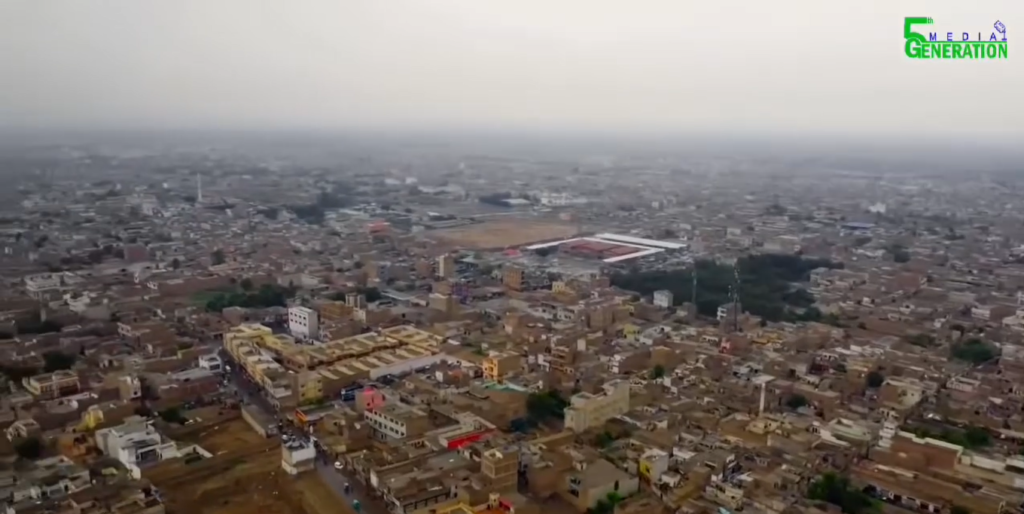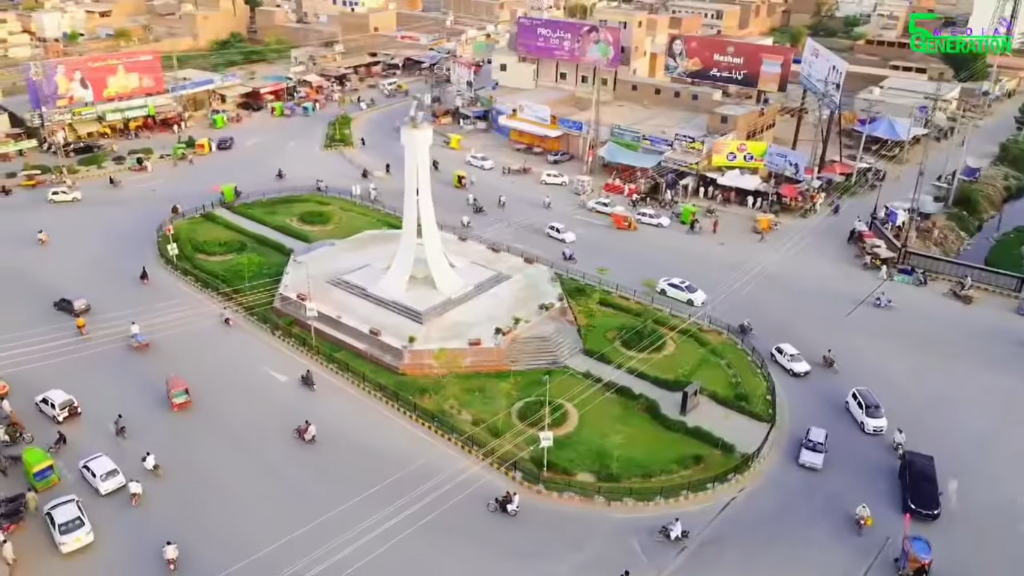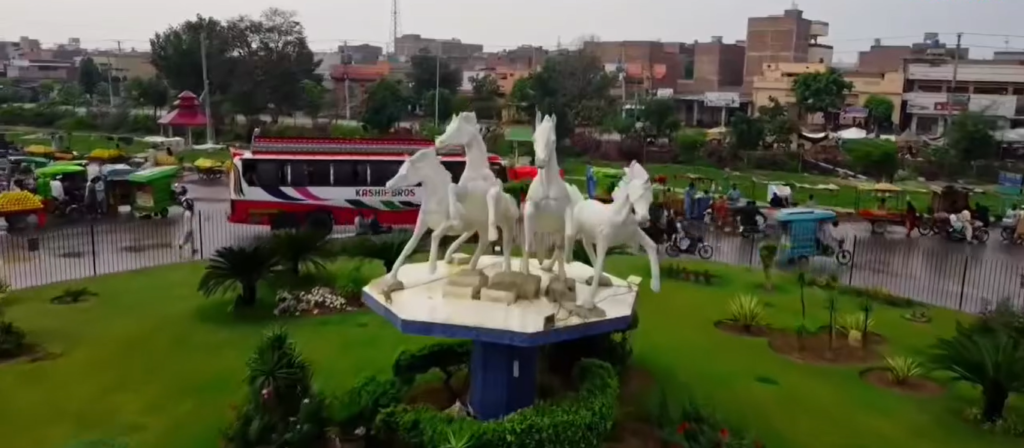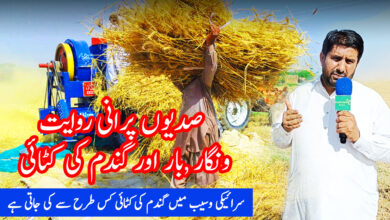- Knowledge is power
- The Future Of Possible
- Hibs and Ross County fans on final
- Tip of the day: That man again
- Hibs and Ross County fans on final
- Spieth in danger of missing cut
D.G. Khan, also known as Dera Ghazi Khan, is a district located in the province of Punjab, Pakistan. It has a rich history that dates back thousands of years. Here is an overview of the history of D.G. Khan:
Ancient History:
The region around D.G. Khan has been inhabited since ancient times. Archaeological evidence suggests that the area was part of the Indus Valley Civilization, one of the world’s earliest urban civilizations. Several archaeological sites, including Harappa and Mohenjo-Daro, are located near D.G. Khan.
Medieval Period:
During the medieval period, the region came under the control of various dynasties and empires. It was part of the Ghaznavid Empire in the 11th century and later became a stronghold of the Delhi Sultanate. The Mongols under Genghis Khan also invaded the area in the 13th century.
Mughal Rule:
In the 16th century, the Mughal Empire, led by Emperor Babur, expanded its influence into the region. D.G. Khan was ruled by Mughal governors, and the area saw the construction of several forts and mosques during this period.
Sikh Rule:
In the early 19th century, the Sikh Empire, under the leadership of Maharaja Ranjit Singh, annexed D.G. Khan and incorporated it into their dominions. The Sikhs established administrative control over the region and introduced various reforms.
British Rule:
The British East India Company defeated the Sikhs in the Anglo-Sikh War of 1848-49, and as a result, D.G. Khan came under British rule. The British established a district administration and developed infrastructure in the area. The Indus Valley Railway was also constructed, connecting D.G. Khan with other parts of British India.
Post-Independence:
After the partition of India in 1947, D.G. Khan became part of Pakistan. The district played a significant role in providing refugees a safe haven during the mass migration that accompanied the partition. D.G. Khan remained a part of West Pakistan until the division of provinces in 1970 when it became part of the newly established province of Punjab.
Present Day:
D.G. Khan is now a bustling district with a mix of rural and urban areas. The district is known for its agricultural productivity, particularly in the cultivation of wheat, cotton, and sugarcane. The city of Dera Ghazi Khan serves as the district’s administrative headquarters and is a center of economic and educational activities.
As of my knowledge cutoff in September 2021, D.G. Khan continues to be an important district in the province of Punjab, Pakistan. While I cannot provide real-time information, I can provide an overview of the district based on its past characteristics and general trends.
Economy: D.G. Khan is primarily an agricultural district known for its fertile lands. The region is known for producing crops such as wheat, cotton, sugarcane, and vegetables. Agriculture remains a significant source of income for the local population. Additionally, industries such as textiles, cement, and sugar mills have also developed in the district.

Overall, the history of D.G. Khan reflects the region’s strategic location and its association with various civilizations and empires throughout the centuries. Today, it continues to contribute to Pakistan’s cultural, economic, and agricultural landscape.

Infrastructure: Over the years, there have been efforts to improve infrastructure in D.G. Khan. Transportation networks, including road and rail connections, have been developed to facilitate trade and travel. The Indus Highway (N-55) passes through the district, connecting it to other major cities in Pakistan.
Education: D.G. Khan has made progress in the field of education. The district is home to several educational institutions, including colleges and universities. These institutions provide education in various disciplines and contribute to the intellectual and human resource development of the region.
Healthcare: The district has healthcare facilities, including hospitals and clinics, to cater to the medical needs of the local population. Efforts have been made to improve healthcare services and provide access to quality medical care.
Tourism: D.G. Khan is known for its natural beauty, including the Indus River, the Sulaiman Mountain Range, and various historical sites. These attractions have the potential to attract tourists, although the development of tourism infrastructure in the region may vary.
Please note that the current situation in D.G. Khan may have evolved since my knowledge cutoff. For the most up-to-date information on the district, it would be best to refer to recent sources, local authorities, or news outlets.




Hi, this is a comment.
To get started with moderating, editing, and deleting comments, please visit the Comments screen in the dashboard.